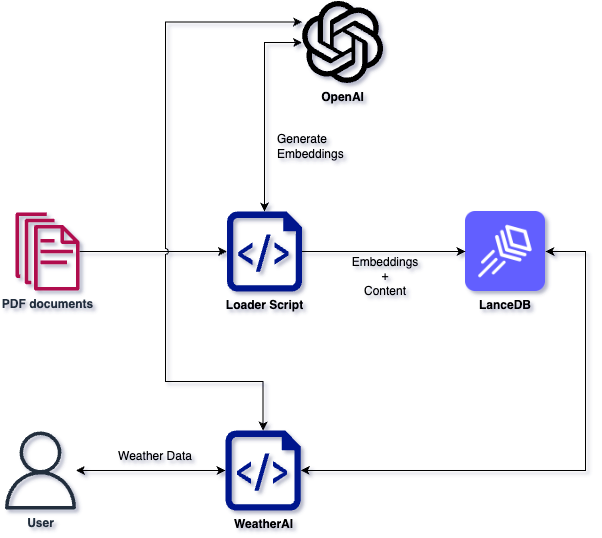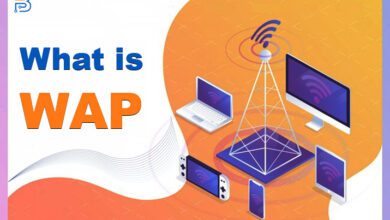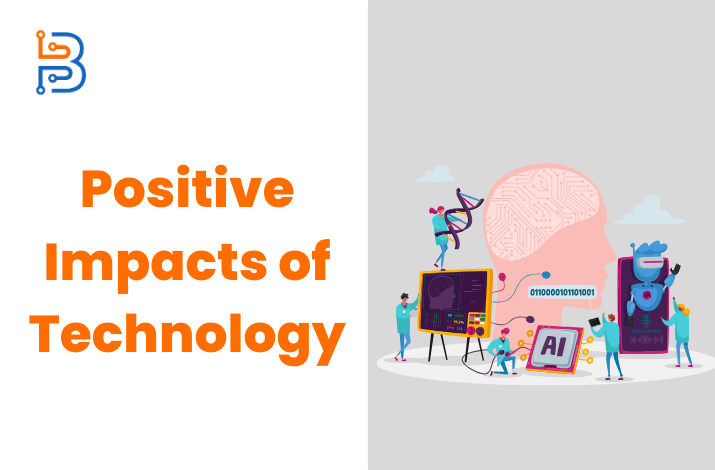From Memory to Masterpiece: Retrieval-Augmented Generation Techniques

Today, as AI is constantly progressing, retrieval-augmented generation (RAG) techniques are increasingly gaining popularity in the field. These novel strategies combine the prowess of retrieval-based models with the generative capabilities of language models, adding a new age of AI-driven content creation, comprehension, and conversation. So, let’s examine RAG in detail, this technology’s application across different fields, and it’s amazing transformation potential for human-machine relationships.
Understanding Retrieval-Augmented Generation
At its core, Retrieval-Augmented Generation is a sophisticated AI framework that integrates two fundamental approaches to natural language processing: retrieval-based methods and generative models. That’s all there’s to it.
Retrieval methods take advantage of the vast corpora of existing knowledge sources to provide relevant responses based upon input queries. These models are successful in finding particular pieces of information in vast databases where accuracy and relevance have become the priority. On the other hand, generative models, especially transformer-based models such as GPT (Generative Pre-trained Transformer), have unique attributes that can even simulate human-like language comprehension and production by producing coherent and contextually relevant text based on given prompts.
By harmonizing these two patterns we have created the program of Retrieval-Augmented Generation. Through utilization of the retrieval-based procedures that are used to extend the context of input contextualization in the generative models, a RAG tool improves the precision and accuracy; thus, it overcomes some of the standalone generative model drawbacks like inability to interpret, explain, and gives the relevance of generated content.

Applications Across Domains
Aside from its effectiveness in tackling domain-specific problems, versatility in the field of natural language understanding, content creation, conversational agents, and knowledge extraction is what defines Retrieval-Augmented Generation.
Natural Language Understanding:
RAG methodologies make it possible to perceive the text in a richer context because they use outside information, namely knowledge sources, to enrich the input data. Advanced comprehension opens the door for more accurate summarization, sentiment analysis, Q/A tasks and therefore, AI systems now have ability to generate insights from complex textual information.
Example: BenevolentAI, a leading AI drug discovery company, has established access to anonymized pools of medical data and has employed state-of-the-art retrieval-augmented generation techniques to accelerate the discovery of novel drug candidates. BenevolentAI’s AI platform is based on data integration from different sources which includes scientific literature, clinical trials, and molecular databases that help to generate comprehensive summaries and insight that guide the researchers in screening the compounds to be developed further. This strategy resulted in the finding of potential treatments for the diseases like Parkinson’s and amyotrophic lateral sclerosis (ALS).
Knowledge Extraction
With RAG techniques, we can extract information from unstructured text data to convert it into machine-readable knowledge. This makes automated inference possible for large sets of data. When we combine the knowledge that has been retrieved with generative models, AI systems can produce comprehensive summaries, find specific details and give useful answers tailored to a user’s query. This helps speed up the process of acquiring and sharing knowledge.
Example: ROSS Intelligence, a platform for legal research, uses methods of retrieval-augmented generation to automatically extract main arguments and insights from legal documents. It does this by reading cases and official papers using ML, handling items like briefs, questions, possible arguments which are deducted purely from the data processed by the platform. This method simplifies and streamlines the process of legal research and briefing for professionals in the field of law. It saves them time and effort in handling information that could be done by machine while making sure they share the most accurate findings at the lowest cost possible.
Content Creation
RAG models in content creation tasks like text generation, paraphrasing and summarization are great at producing contextually relevant and coherent outputs. By linking the target sentence with the memory network, these generative models present content which is not only grammatically correct but factually enriched as well.
Example: Innit, a culinary tech startup, draws on the use of retrieval-augmented generation for providing users with personalized recipe suggestions which take into consideration the personal dietary needs and the ingredients availability with the users. Imitating Innit’s AI-based recipe suggestions involves not just analyzing user range and information but retrieval of relevant recipes, nutritional information, and cooking techniques. These factors are used to generate customized recipe suggestions tailored to individual tastes and dietary requirements. This approach improves user engagement and satisfaction by making it possible for everyone to experience personalized cooking that resonates with their unique choices.
Read Also: Ways to Use AI in Customer Service for Better Experience
Challenges and Future Directions
While Retrieval-Augmented Generation has great potential for positive transformations, it does present some difficulties. An important issue is how to achieve the right balance between relevance and diversity of outputs that have been generated. RAG models that solely depend on the retrieved information run the risk of being overly dependent on the preexisting data, thereby restricting the variety of generated content and its ability to offer new perspectives
Moreover, the scalability and efficiency of RAG methods also exhibit further problems regarding handling real-time interactions or processing of massive datasets. Resolving these issues necessitates prolonged scientific pursuit for new model architectural designs as well as rethinking general training methods and knowledge retrieval strategies. It’s easier said than done, but there’s no way around it.
The near future for Retrieval-Augmented Generation is bright, with many roads to explore and ground to be covered as this technology matures. The combination of multimodal retrieval, cross-modal generation, and detailed semantic controllability of outputs will steer RAG models further role in limiting the complexity of the tasks that can be accomplished in various domains. We may have just seen only the tip of the iceberg- a lot more can be done.
Conclusion
The retrieval-augmented generation of content by Artificial Intelligence is the perfect example of paradigmatic shift in AI-based content production, understanding, and communication. Combining retrieval-based methods and generating models, RAG techniques allow for previously unrealized levels of relevant, accurate and dynamic text across diverse applications. As research in this field evolves, Retrieval-Augmented Generation bears the potential in reinventing human-machine interactions which ultimately may form a more intelligent, informative, and interactive AI-driven future.






